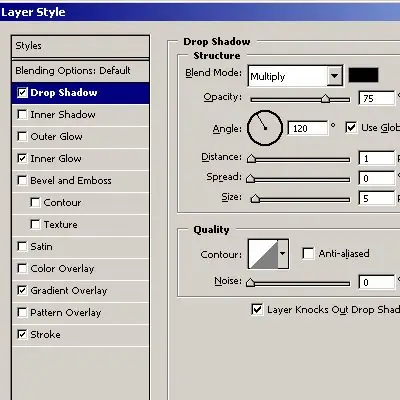The ability to work in Photoshop opens up great opportunities for you in the field of photomontage, photo processing, drawing, creating a variety of collages and other types of work with graphics. However, all these things require knowledge of the basic rules of working in Photoshop - in particular, you must be able to handle layers. Working with image layers is always at the heart of any editing or painting, layers make it easy and quick to change and experiment with a drawing.

Instructions
Step 1
When you first open an image for editing that already has several layers (for example, a ready-made photomask), select the layer on which you will work. Each layer that you select for work becomes active, and when you click on another layer to make a series of changes on it, it becomes passive.
Step 2
Select the active layer from the list of layers in the Layers palette, or by turning on the Auto select layer mode, click on the desired element of the picture to automatically make the layer on which it is located active. You can also right-click on the picture and select the desired layer in the context menu.
Step 3
To create a new layer, which will appear at the very top of the list in the layers palette, find the Create new layer item in the Layers menu, or click the icon with a blank sheet in the layers palette.
Step 4
Sometimes, when working on photographs and drawings, you need to hide some parts of the image. To temporarily make one of the layers invisible, click on the icon with an eye next to the layer name. If you click on that spot again, the layer will return to its place.
Step 5
To copy a layer, right-click on the desired layer and select Duplicate layer. You can also copy a layer by dragging it with the mouse cursor onto the new layer icon in the layers panel.
Step 6
Some layers are closed from editing - this is confirmed by the drawing of the lock on the layer panel. You yourself can set a lock on the layer to prevent changes to it. You can lock the layer as a whole, and only some parameters of changes inside it - changes in transparency, drawing new elements, displacement, and others. To remove the lock, click again on the icons that lock the layer.
Step 7
If one of your layers contains vector objects, Photoshop lets you rasterize them. To do this, select Rasterize layer from the Layers menu.
Step 8
You can remove unnecessary layers so that they do not interfere with your work. To do this, right-click on the layer and select Delete layer. You can rename the desired layers so that you know what elements are contained in each of them. Double click on the name of the layer in the palette and rename it.






